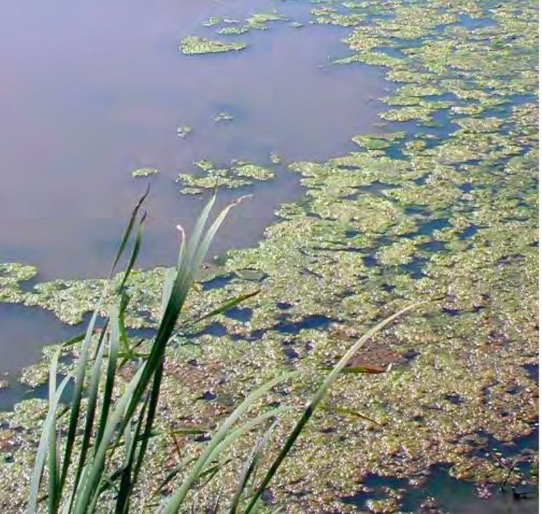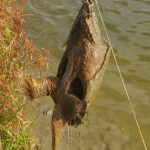Are you a pond owner looking for an effective way to control algae growth and maintain water clarity? Using copper sulfate in your pond may be the solution you’ve been searching for. Copper sulfate is a widely used algaecide that can help keep your pond healthy and beautiful. In this comprehensive guide, we will discuss everything you need to know about using copper sulfate in your pond.
Best Copper Sulfate For Pond
Copper sulfate, also known as bluestone, is a chemical compound that is commonly used as an algaecide and fungicide. It is a blue crystalline powder that dissolves easily in water. Copper sulfate works by releasing copper ions into the water, which are toxic to algae and other aquatic plants.
Why Use Copper Sulfate in a Pond?
There are several reasons why pond owners choose to use copper sulfate:
- Controls algae growth: Copper sulfate is effective at killing algae and preventing its regrowth.
- Improves water clarity: By reducing algae levels, copper sulfate can help improve the clarity of pond water.
- Safe for fish and other aquatic life: When used in the correct dosage, copper sulfate is safe for fish and other aquatic organisms.
- Easy to apply: Copper sulfate is simple to apply and does not require specialized equipment.
How to Use Copper Sulfate in a Pond
Before using copper sulfate in your pond, there are a few important steps to follow:
- Test the water: It’s essential to test the water in your pond to determine the current pH level and copper concentration.
- Calculate the dosage: The amount of copper sulfate you need to use will depend on the size of your pond and the desired results.
- Apply the copper sulfate: Copper sulfate can be applied either in its granular form or dissolved in water. It’s important to distribute it evenly throughout the pond.
- Monitor the results: Keep an eye on the algae growth and water clarity after applying copper sulfate. You may need to reapply the treatment if necessary.
Important Tips For Using Copper Sulfate
Here are some essential tips to keep in mind when using copper sulfate in your pond:
- Follow the instructions carefully: Always read and follow the manufacturer’s instructions when using copper sulfate.
- Avoid overuse: Using too much copper sulfate can be harmful to fish and other aquatic life, so it’s crucial to dose carefully.
- Time your application: The best time to apply copper sulfate is in the morning on a sunny day when algae are actively growing.
- Consider the weather: Avoid applying copper sulfate during heavy rain or windy conditions, as this can reduce its effectiveness.

Credit: extension.okstate.edu
Is Copper Sulfate Safe for Fish?
When used correctly, copper sulfate is safe for fish and other aquatic life in your pond. However, it’s essential to follow the recommended dosage and application guidelines to prevent any harm to fish. If you’re unsure about using copper sulfate in your pond, consult with a professional for guidance. So how much copper sulfate to use in a pond, well we talked about that in our previous article, you can check this article.
Where to Buy Copper Sulfate
Copper sulfate can be purchased from garden centers, hardware stores, or online retailers. Make sure to choose a high-quality product from a reputable supplier to ensure effectiveness and safety.
Frequently Asked Questions
Final Words
Using copper sulfate in your pond can be an effective way to control algae growth and maintain water clarity. By following the proper steps and guidelines for application, you can enjoy a healthy and beautiful pond all year round. Remember to test the water, calculate the dosage, and monitor the results to achieve the best outcomes. If you have any concerns or questions about using copper sulfate in your pond, don’t hesitate to seek advice from a professional. Take the necessary steps today to keep your pond looking its best with the help of copper sulfate!




